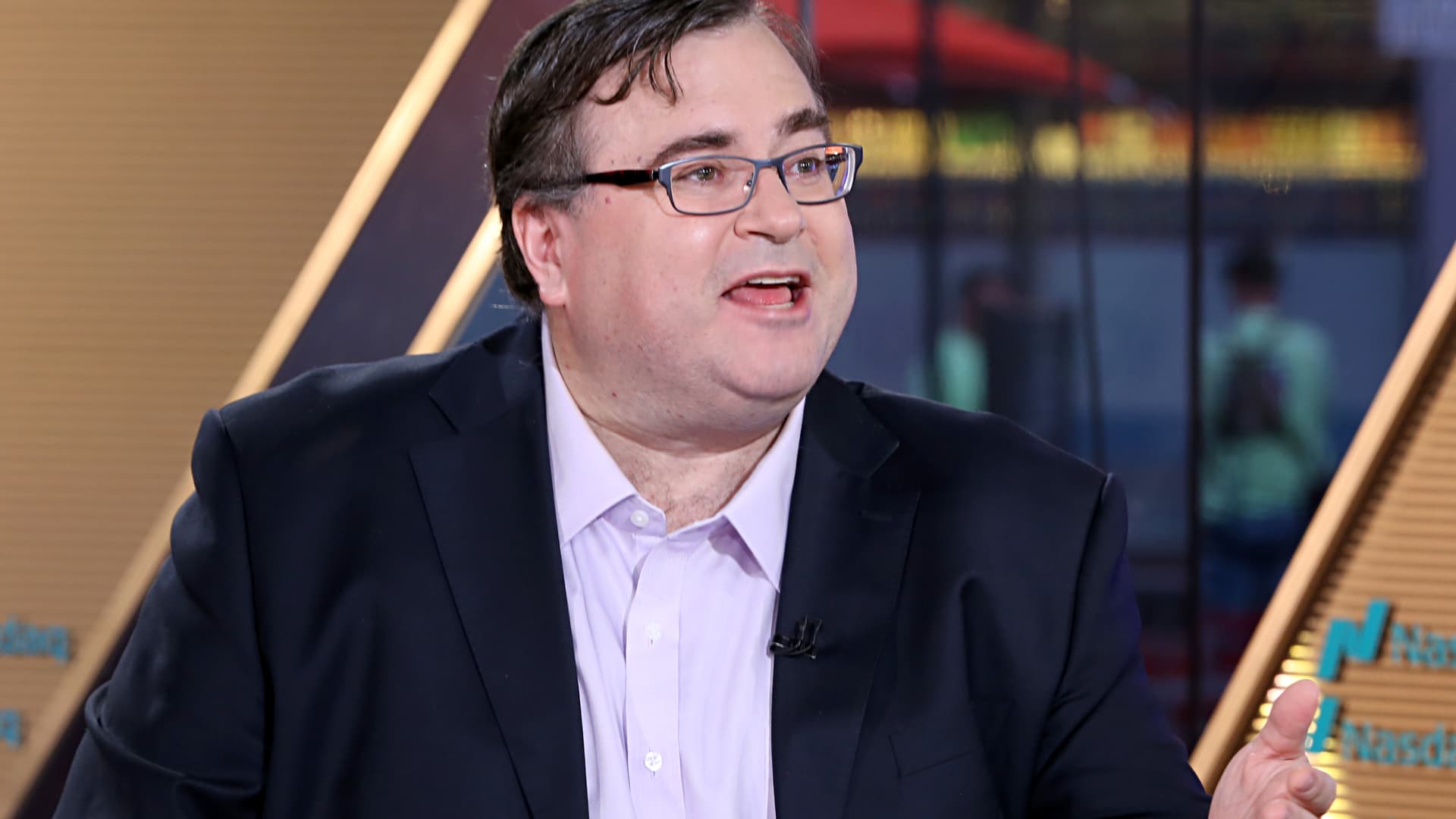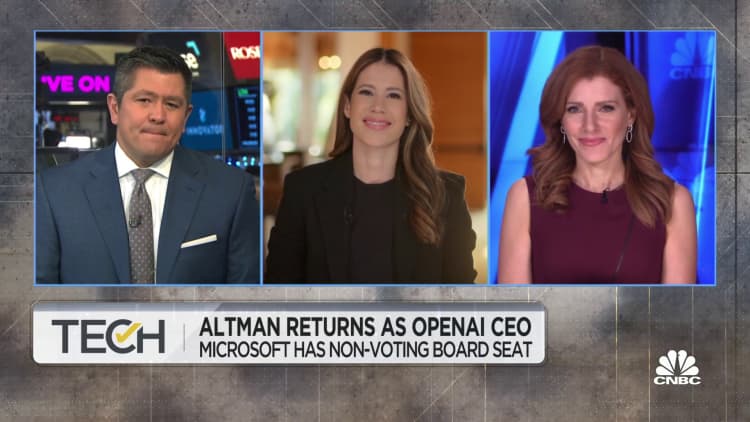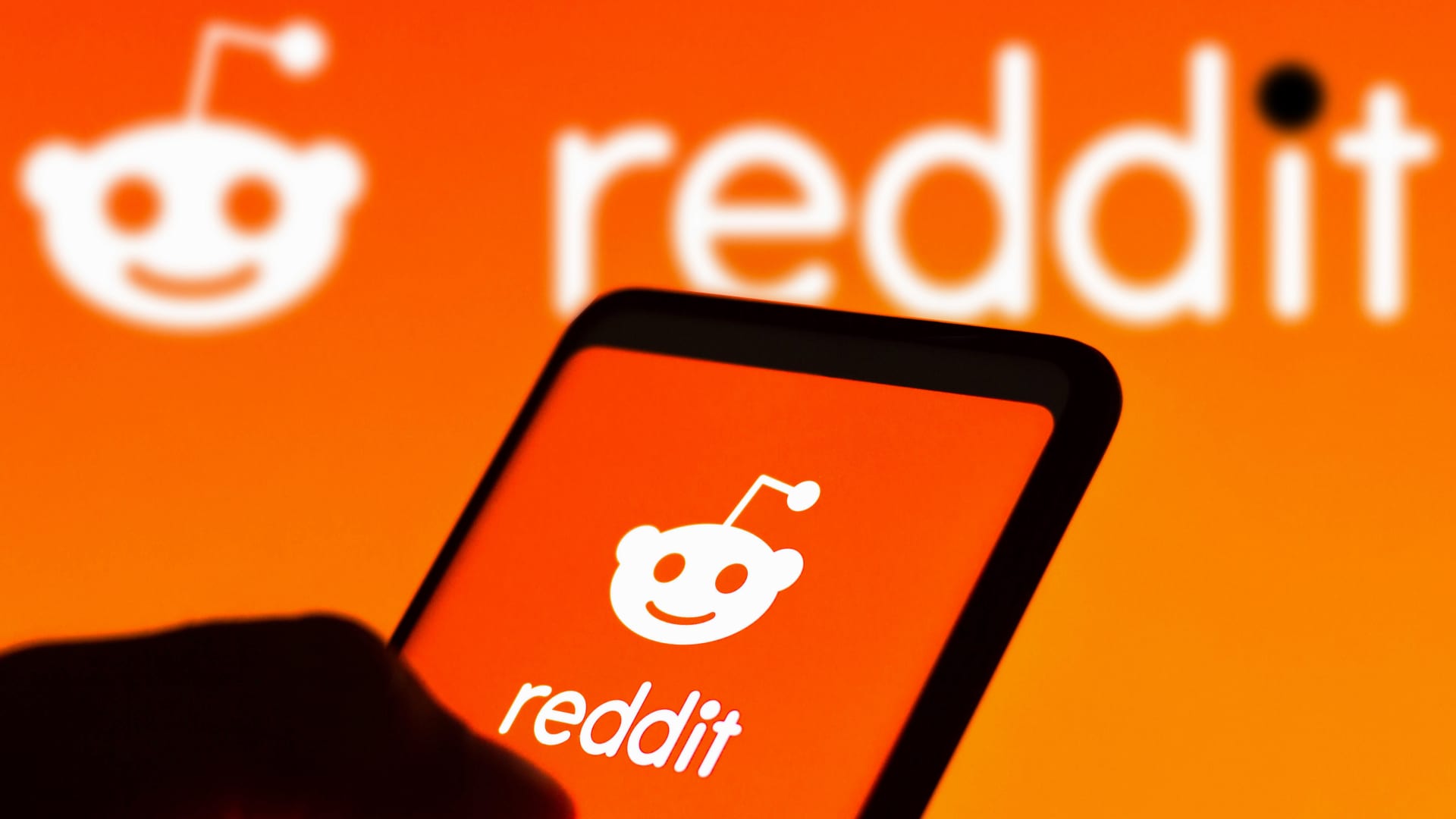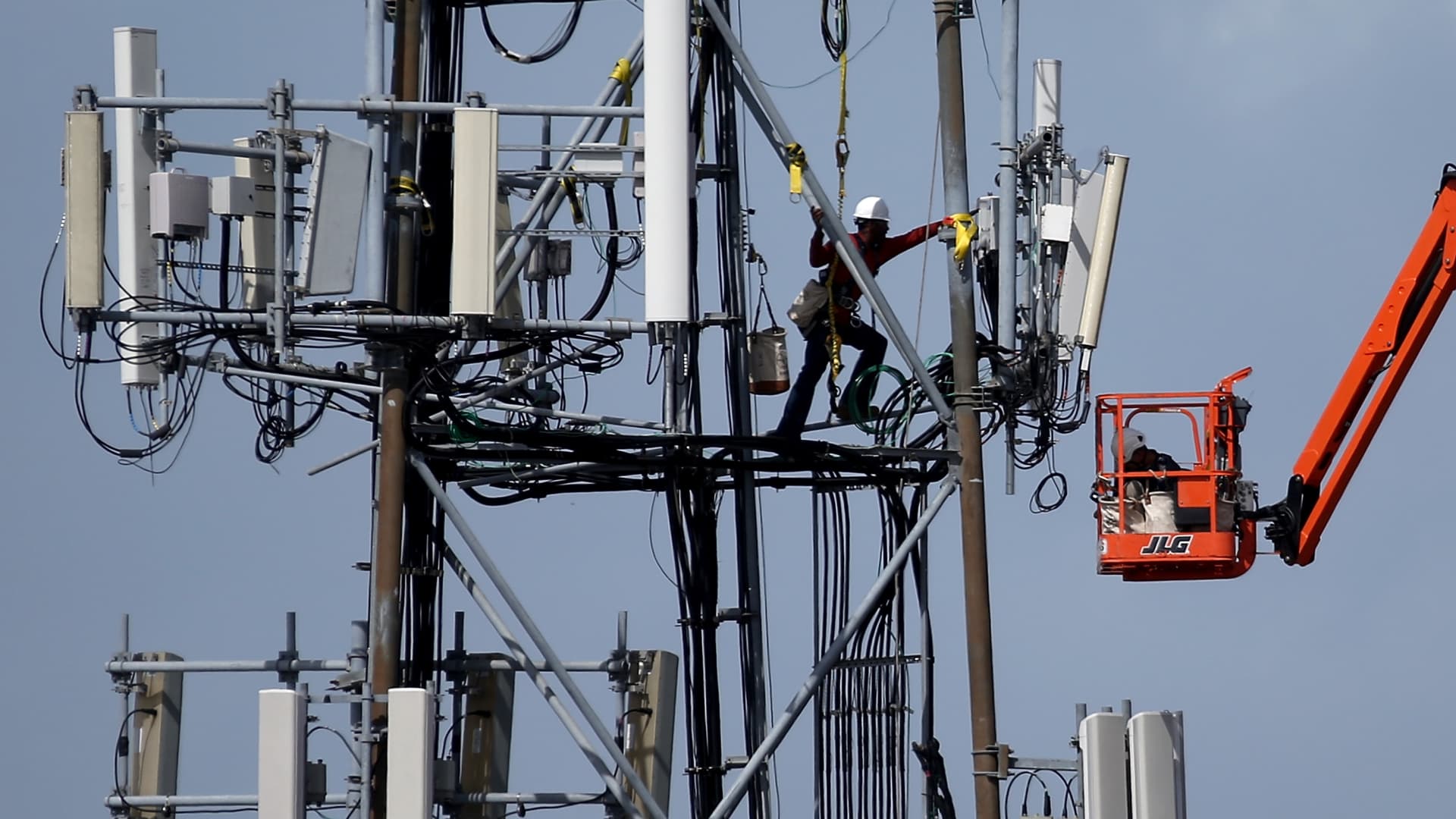
Reid Hoffman
Anjali Sundaram | CNBC
Three weeks after OpenAI’s board briefly pushed out CEO Sam Altman without providing a specific reason for its decision, former director Reid Hoffman says he’s still puzzled by what took place and why.
“Reading the blog post was like, ‘What’s going on?'” Hoffman, the co-founder of LinkedIn and a prominent startup investor, said onstage at Wired’s LiveWired conference in San Francisco on Tuesday. “I still don’t think we fully know.”
Altman was ultimately brought back to lead the high-profile artificial intelligence startup after a major push by top investors and the threat of a mass exodus among the company’s workforce. The board is now undergoing a facelift, which includes the departure of some longtime directors, but all the parties involved have remained largely mum on what led to the initial chaos.
Bloomberg reported that Altman had been looking to raise money for a new AI chip startup. The New York Times said OpenAI co-founder Ilya Sutskever thought Altman wasn’t focused enough on the potential risks of the company pushing forward with its technology. Reuters pointed to a technical breakthrough that the board had learned about from employees. The New Yorker described a disagreement between Altman and Helen Toner, one of the directors who subsequently left.
One OpenAI executive told employees that the board didn’t send Altman walking because of “malfeasance or anything related to our financial, business, safety, or security/privacy practices.”
The mystery has left an aura of uncertainty around one of the world’s most highly valued startups. OpenAI continues to operate the popular ChatGPT chatbot and, through a broad partnership with Microsoft, its services are functioning inside software from big companies like AT&T and Mercedes-Benz.
However, rivals have used the period of uncertainty to their advantage. Last week, Adam Selipsky, head of Amazon’s cloud unit, which competes with Microsoft Azure, told a crowd of 50,000 conference attendees in Las Vegas that the events demonstrated why people wouldn’t want a cloud vendor to be tied to just one provider of AI models.
Hoffman was one of OpenAI’s original donors. In 2017, he joined Microsoft’s board following the $26 billion acquisition of LinkedIn. He stepped down from OpenAI’s board in March and said he hasn’t spoken with any of the board members, though he said he did communicate with Altman.
Microsoft CEO Satya Nadella offered to hire Altman, OpenAI president Greg Brockman and their colleagues in a new advanced AI research group. But Altman was quickliy reinstated at OpenAI.
“I do think that we’re in a much better place in the world” to have Altman in the CEO seat again, Hoffman said. “He’s very competent with that.”
The relationship between OpenAI and Microsoft, which provides cloud infrastructure to the startup and has been plugging OpenAI services into its Windows and Office software, will be taught in business schools, Hoffman said.
Nadella’s attitude about the situation, Hoffman said, is probably, “If it isn’t broke, don’t fix it.”
“Satya is a very high-integrity, genuine leader,” Hoffman said. “And I think he would have hired everybody from OpenAI and then kept going if that was the only path that was left open.”
WATCH: Sam Altman returns as OpenAI CEO and Microsoft secures nonvoting board seat







![What Is a Markup Language? [+ 7 Examples] What Is a Markup Language? [+ 7 Examples]](https://static.semrush.com/blog/uploads/media/82/c8/82c85ebca40c95d539cf4b766c9b98f8/markup-language-sm.png)
